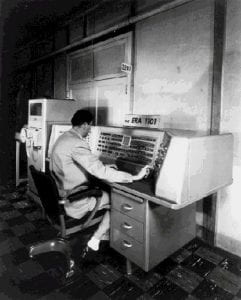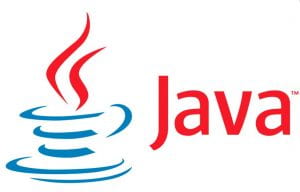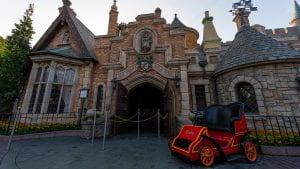Hi, how’s it going? For this blog post, I’m going to be talking about our most recent project In Their Own Words. For this project we focused on WW2 trying to solve the driving question which was “How might we use stories to understand the causes and consequences of WWII?”

To assist with our podcasts and to help us answer the driving question we had to find an interviewee. For me, I ended up contacting my mom’s friend’s dad who was a WW2 veteran and was a London blitz survivor who had to be evacuated to Canada. The hardest part about contacting my interviewee was probably emailing back and forth since I have always been bad at formatting and writing emails. What I learned from this part of this project was more about how to write and format an email despite that I do still have lots of work to do on my emailing skills.

After finding an interviewee I had to decide on the story I was going to tell and then research more about that story. For my story, I decided to focus on Peter who was my interviewee his experience with the London blitz and having to evacuate to Canada. For my research, I mostly focused on the blitz doing a small amount of general WW2 research. From this part of the project, I learned more about MLA citations because they were a big part of our research and I’m not the best at them.

For this part of the podcast, the competencies were, analyze cause and consequence, using evidence and resources, and global collaborator. For the first competency analyze cause and consequence I felt like I met that through my research on why the Germans decided to bomb London and how that affected the people in London specifically children. For the second competency using evidence and resources, I feel like I met it because the whole point of research is so you have evidence to back up your claims and I did successfully research the topic. For the final competency global collaborator, I feel like I met it because I was able to use my iPad to look at resources from all around the world.

The final thing before I could edit and release my podcast was I had to actually record my interview. The biggest problem I had trying to do my interview was definitely miscommunication. I say that because the first time I was supposed to do my interview because of miscommunication I ended up missing it luckily though I was able to reschedule. Another issue I had was I had issues with Skype. Despite all of the issues in the end I ended up with a great interview that I really enjoyed doing. What I learned from this part of the project was that despite how prepared you think you are you can always be more prepared.

Finally for the editing and release of my podcast. I would have to say this was definitely the hardest part of the podcasting process since not only did the audio from me asking questions not record but also my audio recording as a non-standard file type. To fix the problem of my questions not being recorded I had to go back and re-record them all which was really frustrating. The file type problem was slightly easier I just had to put through a converter then I was fine. After solving all those problems I got to pretty boring editing it was mostly just cutting out pauses and putting different clips together. What I learned in the editing process was that the better prepared for the editing the less time it takes. For the actual distribution of the podcast, we used a program called anchor which allows you to post on tons of different streaming services (if you would like to know more I did a whole post on podcast distribution here).

For this part of the project, the competency’s were Analyze Cause and Consequence, Responding to Text, and Global Collaborator. Since I’ve already covered Analyze Cause and Consequence and Global Collaborator I’m just going to focus on Responding to Text. For responding to text I feel like I met it because throughout my podcast and even before that I was able to connect what I was working on to myself and my experiences.
In conclusion, this was a very interesting project I loved interviewing Peter. I also like learning about WW2 since that’s a topic I have been interested in for a very long time. Finally, my answer to the driving question was looking at an event through stories allows you to experience that event through the eyes of people with potentially vastly different lives which can give you access to different perspectives on the events that took place before and after the war. Ps if you would like to listen to my podcast you can find it here.


















